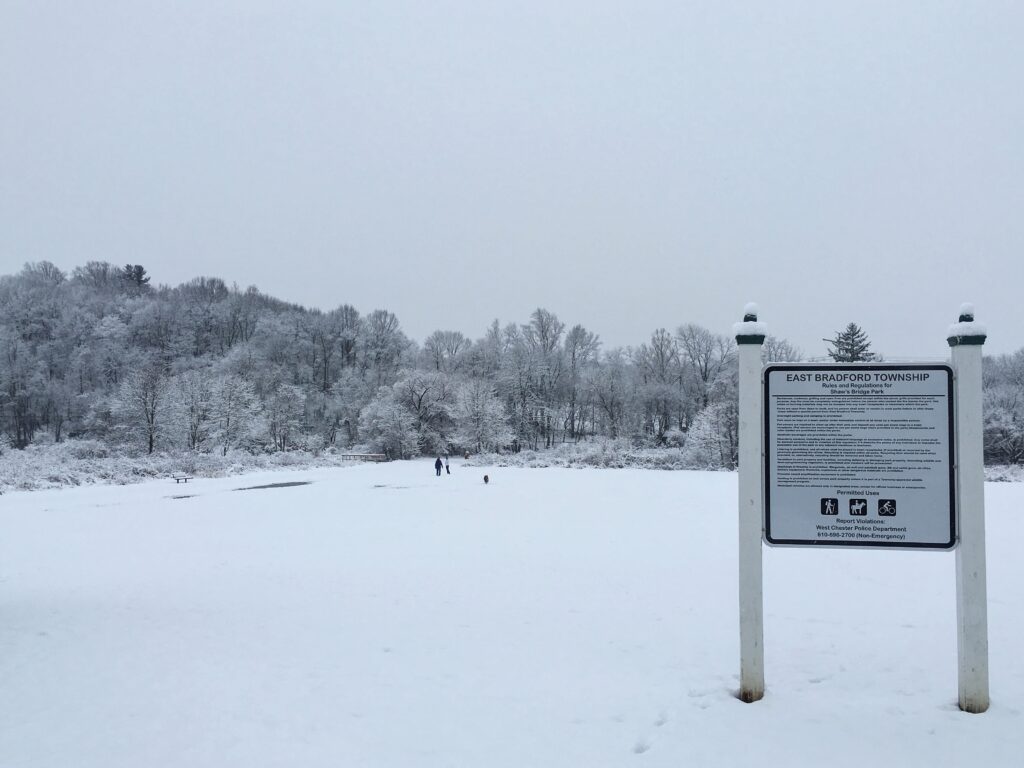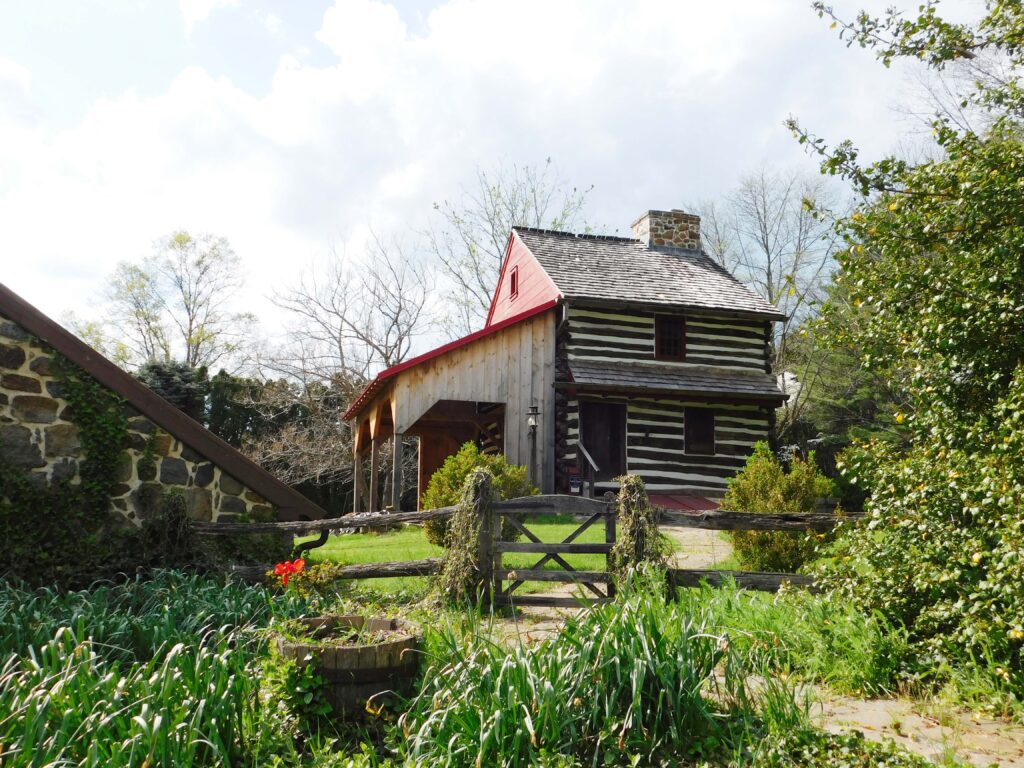In the heart of Kentucky’s Bluegrass Region, a patchwork of gentle rolling hills and pasturelands are stitched together by hedgerows and woodlands. Towering trees border the long-rural roads that are lined with Kentucky fences, a namesake feature of the region. A strong equine culture and industry is dominant across the area, contributing to around $6.5 billion dollars annually and employing over 60,000 Kentuckians year-round (KTA, 2023). Like many regions of the country, however, there is deep change afoot, in culture, land-use, and climate. The common goal of land preservation is to look beyond the land’s historical and present use to help prepare for potential future change. With over 60% of American lands under private ownership, this long-view of preservation can make a massive contribution to the open space and connectivity of natural habitat across the country.
Gail Austin, former owner of the Gayla Driving Center in Scott County, KY, saw that her region was changing, particularly that nearby Georgetown, KY was rapidly expanding. Gail had a long-standing desire to protect her farm and in 2009, a mutual friend put her in touch with North American Land Trust (NALT) founder Andy Johnson. A conversation about the easement process began. The North American Land Trust placed a conservation easement on the 723-acre farm and driving center to ensure the land’s open-space in perpetuity, while allowing its limited use as a working farmstead.
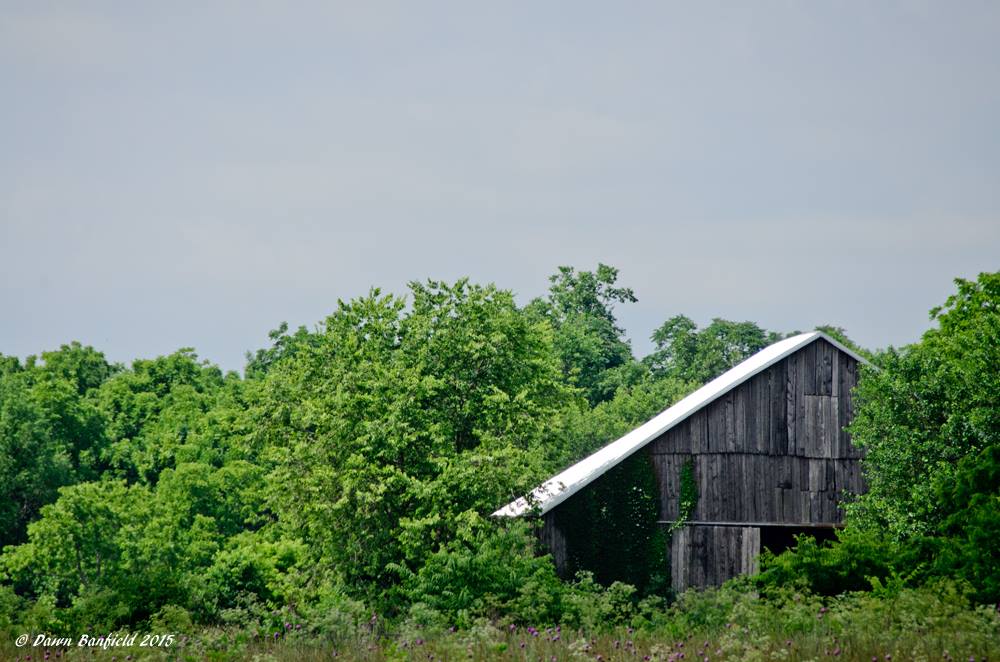
Features of the farm’s historical use are still evident, including a one-room cabin, multiple wooden barns, and a historical road that once facilitated horse and carriage travel from Georgetown to Cynthiana is still worn across the back of the farm. The site was historically used for cattle pasture and tobacco farming but in most recent decades, the Gayla Conservation Area has been a presence in the region as one of the leading training centers for carriage driving enthusiasts. While the driving center is now permanently closed to the public, there are still multiple horses that are cared for in the stables on site. The property is used mostly to grow and cut hay several times a year, which is fed to the horses, and a small herd of grass-fed cattle on the back 100-acres of the property.
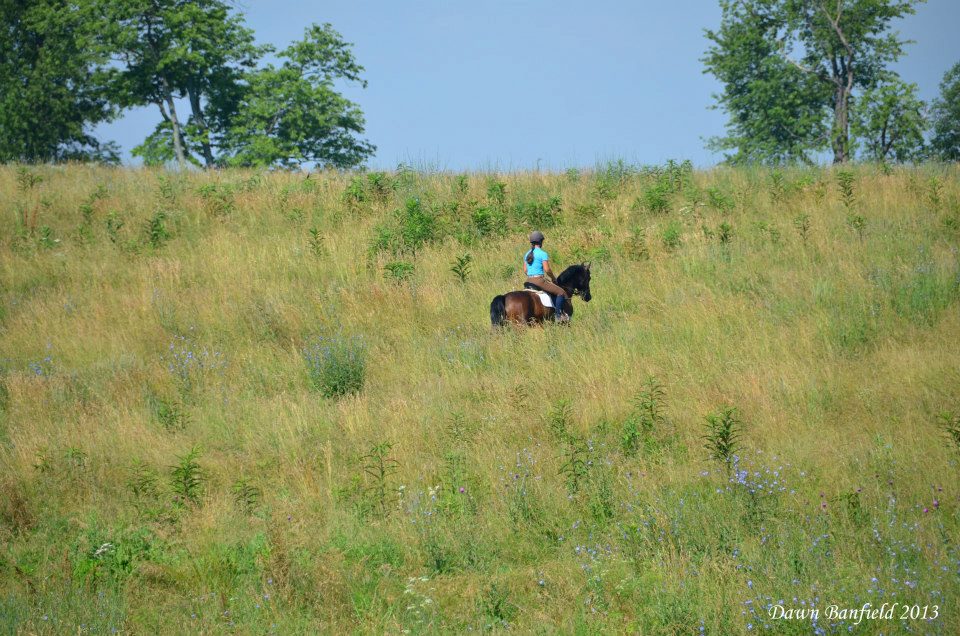
The site has mixed-used and mosaic-agricultural lands, with naturalized meadows, crop fields, and riparian forested areas. This habitat heterogeneity is enhanced by the 15 open ponds and seasonal wetland areas scattered throughout the property. The woodland edge matrix creates excellent habitat for a variety of birds, particularly grassland-dependent species like bobolinks and meadowlarks, which forage and nest in the meadows. Raptor species such as red-tailed hawks, among others, find the juxtaposition of tall perch trees and open pasture to be excellent hunting grounds. Bobolinks begin their tinkling song in early to mid-May and establish nests in the brushy understory of the grass and alfalfa fields. Appropriate fields are reserved for bailing until the bobolinks have successfully reared their young, and over time, this has increased sightings of bobolinks from just a few to hundreds. The seasonal waters provide breeding habitat for amphibian and macroinvertebrate insects, which are crucial to sustaining other levels of the food chain for animals like bats and migratory birds. This is evident in the number of waterfowl like mallards and wood ducks that can often be spotted in the ponds and wetlands throughout the property.

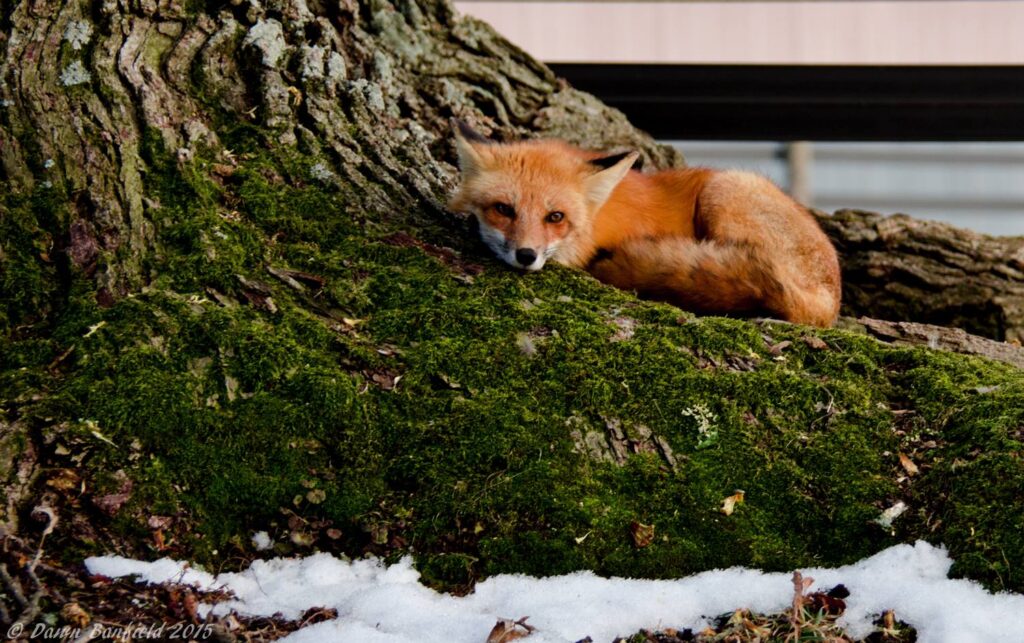
By far the most notable feature of Gayla is its big trees. Gayla’s towering trees stand like monoliths in the open fields and define the pastoral landscape. We spoke with Dana and Debbie Banfield, long-time stewards of the Gayla Driving Center, about its big trees and their history. The large bur oak (Quercus macrocarpa) at the farm’s entrance is an eye catcher and backdrop to many pictures. It was its natural beauty that prompted the previous owner of the farm, Gail Austin, to find ways to better care for this historic tree.
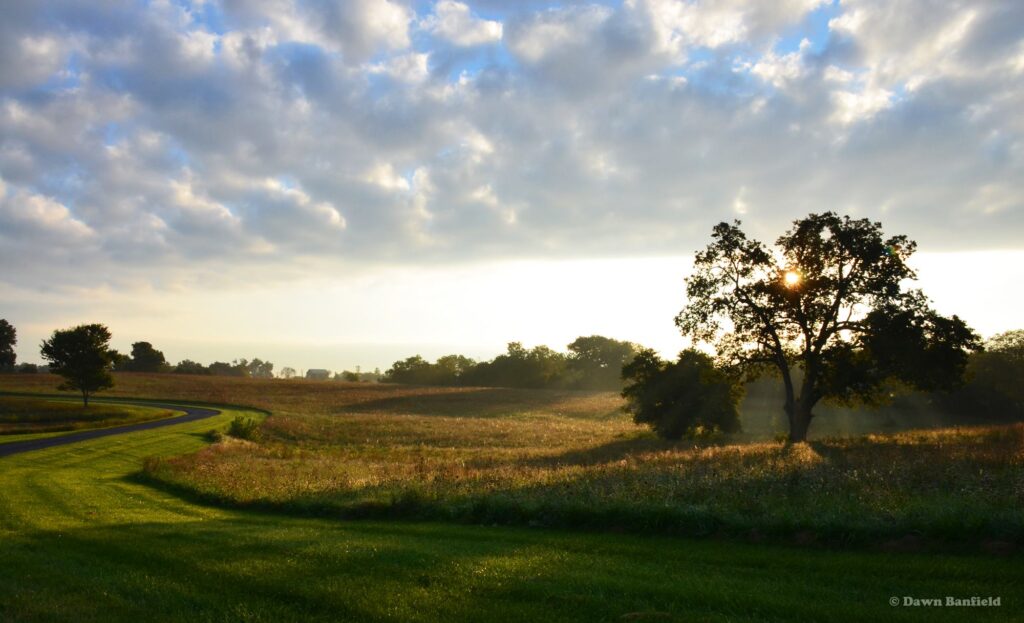
This tree became known as the “farm baby” and was even protected with lightning rod protection. When the tree looked stressed from drought or bad storms, the tree was given a small dose of fertilizer. Tree experts were brought out to evaluate the conditions of the trees and informed the crew of the Scott County tree registry. At that time, Gail registered the Gayla bur oak to find it was the second largest bur oak in Scott County. With help from the Kentucky Division of Forestry, one of the conservation areas large Chinquapin oaks (Quercus muehlenbergii) will soon be registered as a KY big tree as well.
The big trees are primarily oaks, hickories, and walnuts; trees that are defined as “keystone” species in their environment due to their impact on the ecosystem. These “mast-producing” trees provide abundant nut and acorn production which feeds deer, birds, and other mammals, in addition to providing important shelter and habitat for other wildlife. North American oak species can feed the caterpillars of more than 900 moth and butterfly species alone, which has enormous implications for the subsequent food chain, particularly insectivorous species like most birds and bats. Of the United States 91 native oak species, 28, or >30%, are at-risk (Marinelli, 2019).
Of the trees on the farm, the largest measures around 7 ft DBH (diameter at breast-height), aging them at around 200 years. The largest on site is a shagbark hickory (Carya ovata), among many black walnuts (Juglans nigra), chestnuts, and bur and Chinquapin oaks. Trees with thick flaky bark like the shagbark hickory and white oak (Quercus alba) also provide important shelter and roost habitat for bat species like the big brown bats, red bats, and silver-haired bats.
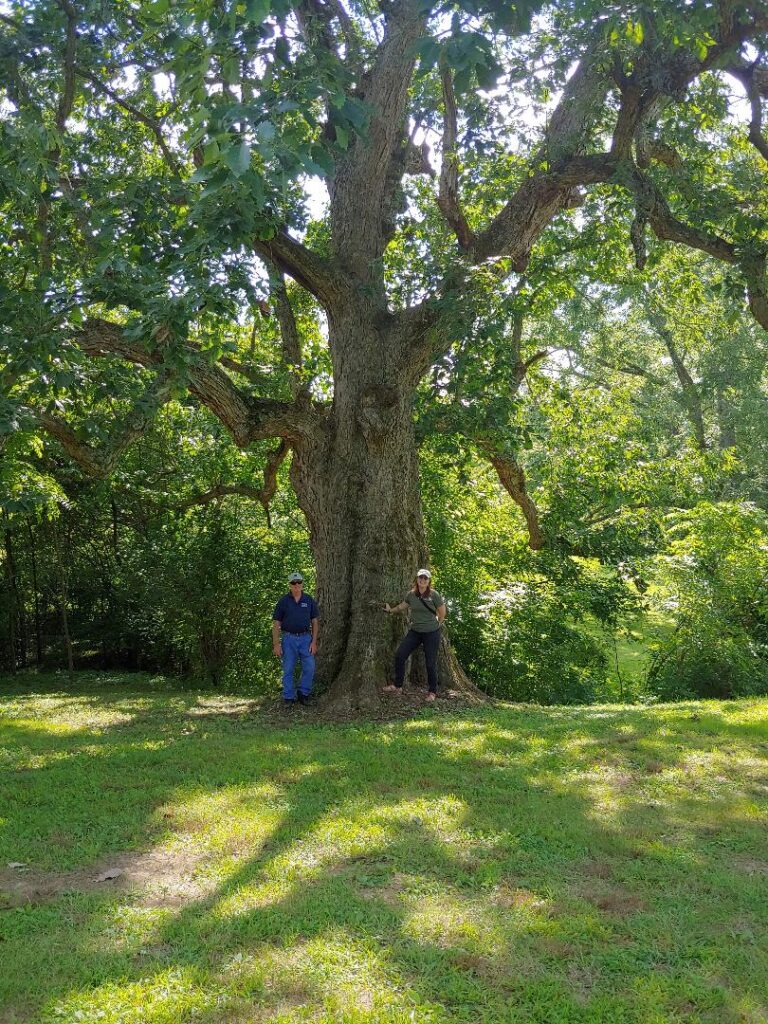
For the current owner of Gayla Farms, Jerry Wigglesworth, and for Dana and Debbie Banfield, who still live on site, Gayla is a testament to the idea that conservation lands can be both a working landscape “that is equine friendly, with agriculture, cattle, and seasonal crops and a landscape that also encourages wildlife and eco-friendly habitat.” The preservation of farmlands like Gayla help preserve a part of shared cultural heritage, as well as abundant open space with diverse habitat and water resources.


